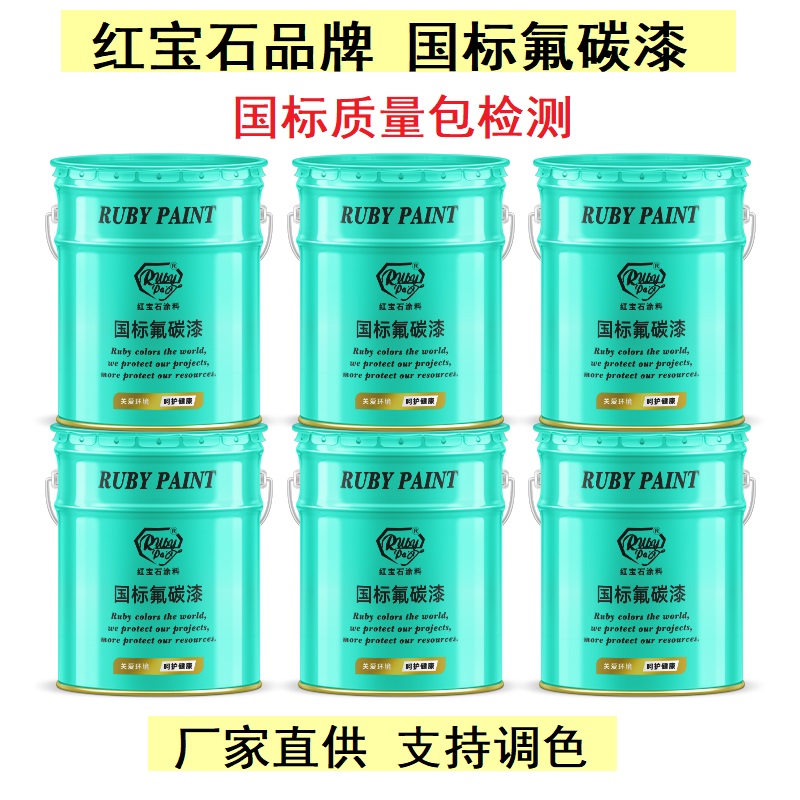Table of Contents
Pros and Cons of Using Polyurethane Paint for Home Renovation Projects
Polyurethane paint is a popular choice for home renovation projects due to its durability and versatility. This type of paint is made from a combination of polyol resin and isocyanate hardener, which creates a strong and long-lasting finish. Polyurethane paint is commonly used on surfaces such as wood, metal, and concrete, making it a versatile option for a variety of projects.
One of the main advantages of using polyurethane paint is its durability. This type of paint is resistant to scratches, stains, and moisture, making it ideal for high-traffic areas such as kitchens and bathrooms. Polyurethane paint also has excellent adhesion properties, which means it will adhere well to a variety of surfaces without peeling or chipping.
In addition to its durability, polyurethane paint is also known for its high-gloss finish. This type of paint provides a smooth and shiny surface that is easy to clean and maintain. Polyurethane paint is also available in a wide range of colors, making it easy to find the perfect shade for your home renovation project.
Despite its many advantages, there are some drawbacks to using polyurethane paint. One of the main disadvantages is that polyurethane paint can be more expensive than other types of paint. This is due to the high-quality materials used in its production, as well as the labor-intensive application process.
Another potential downside to using polyurethane paint is its strong odor. This type of paint contains volatile organic compounds (VOCs), which can be harmful to your health if inhaled in large quantities. It is important to use proper ventilation when applying polyurethane paint to minimize exposure to these harmful fumes.
In addition to its strong odor, polyurethane paint can also be difficult to apply. This type of paint requires careful preparation and application to ensure a smooth and even finish. It is important to follow the manufacturer’s instructions carefully when using polyurethane paint to achieve the best results.
Despite these drawbacks, many homeowners choose to use polyurethane paint for their home renovation projects due to its durability and high-gloss finish. If you are considering using polyurethane paint for your next project, it is important to weigh the pros and cons carefully to determine if it is the right choice for your needs.
In conclusion, polyurethane paint is a durable and versatile option for home renovation projects. While it may be more expensive and have a strong odor, the benefits of using polyurethane paint often outweigh the drawbacks. If you are looking for a high-quality paint that will provide a long-lasting finish, polyurethane paint may be the perfect choice for your next project.
How to Properly Apply and Maintain Polyurethane Paint on Various Surfaces
Polyurethane paint is a versatile and durable coating that is commonly used on a variety of surfaces, including wood, metal, and concrete. This type of paint is known for its high Levels of durability and resistance to wear and tear, making it an ideal choice for surfaces that are exposed to harsh conditions or heavy use. In this article, we will explore what polyurethane paint is, how to properly apply it to different surfaces, and how to maintain its appearance and performance over time.
Polyurethane paint is a type of coating that is made from a combination of polyol and isocyanate compounds. When these two components are mixed together, they undergo a chemical reaction that forms a strong and durable Polymer. This polymer is what gives polyurethane paint its unique properties, such as its high levels of durability, resistance to abrasion, and ability to withstand exposure to UV rays and harsh weather conditions.

One of the key benefits of polyurethane paint is its versatility. It can be used on a wide range of surfaces, including wood, metal, concrete, and even plastic. This makes it a popular choice for a variety of applications, from painting Furniture and cabinets to coating industrial equipment and machinery.
When it comes to applying polyurethane paint, proper surface preparation is key. Before applying the paint, the surface should be clean, dry, and free of any dust, dirt, or grease. Any existing paint or coatings should be removed, and the surface should be sanded to create a smooth and even surface for the paint to adhere to.
Once the surface is properly prepared, the polyurethane paint can be applied using a brush, roller, or spray gun, depending on the size and complexity of the surface being painted. It is important to follow the manufacturer’s instructions for mixing and applying the paint, as well as to allow for proper drying and curing times between coats.
After the paint has been applied, it is important to properly maintain the surface to ensure the longevity and performance of the polyurethane coating. Regular cleaning with a mild detergent and water can help to remove dirt and debris that can accumulate on the surface over time. Avoid using harsh Chemicals or abrasive Cleaners, as these can damage the paint and reduce its durability.
| Serial Nr. | Name |
| 1 | Epoxy Zinc rich paint |
In addition to regular cleaning, it is also important to inspect the painted surface periodically for any signs of wear or damage. If any areas of the paint are chipped, cracked, or peeling, they should be repaired as soon as possible to prevent further damage and deterioration of the coating.
In conclusion, polyurethane paint is a durable and versatile coating that can be used on a variety of surfaces to provide long-lasting protection and a beautiful finish. By properly preparing the surface, applying the paint correctly, and maintaining the coating over time, you can ensure that your polyurethane paint will continue to look great and perform well for years to come.

